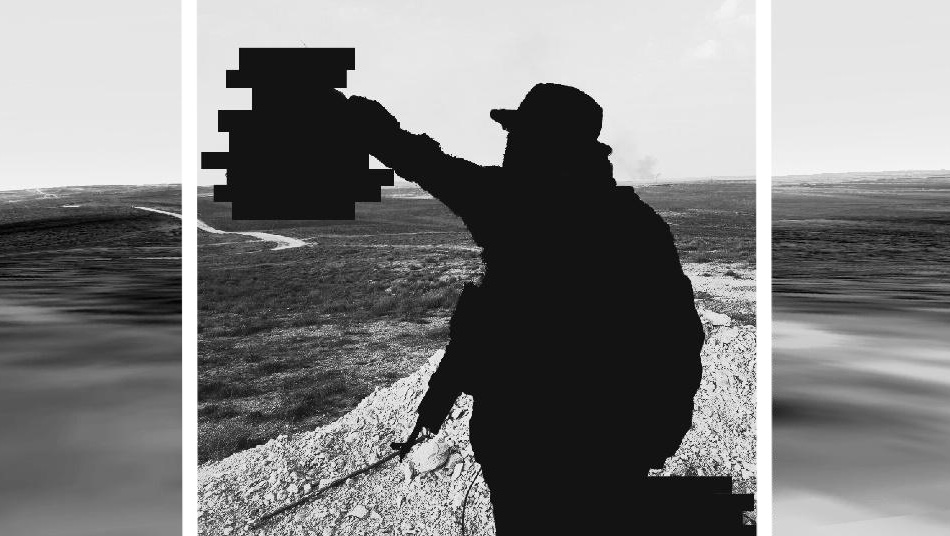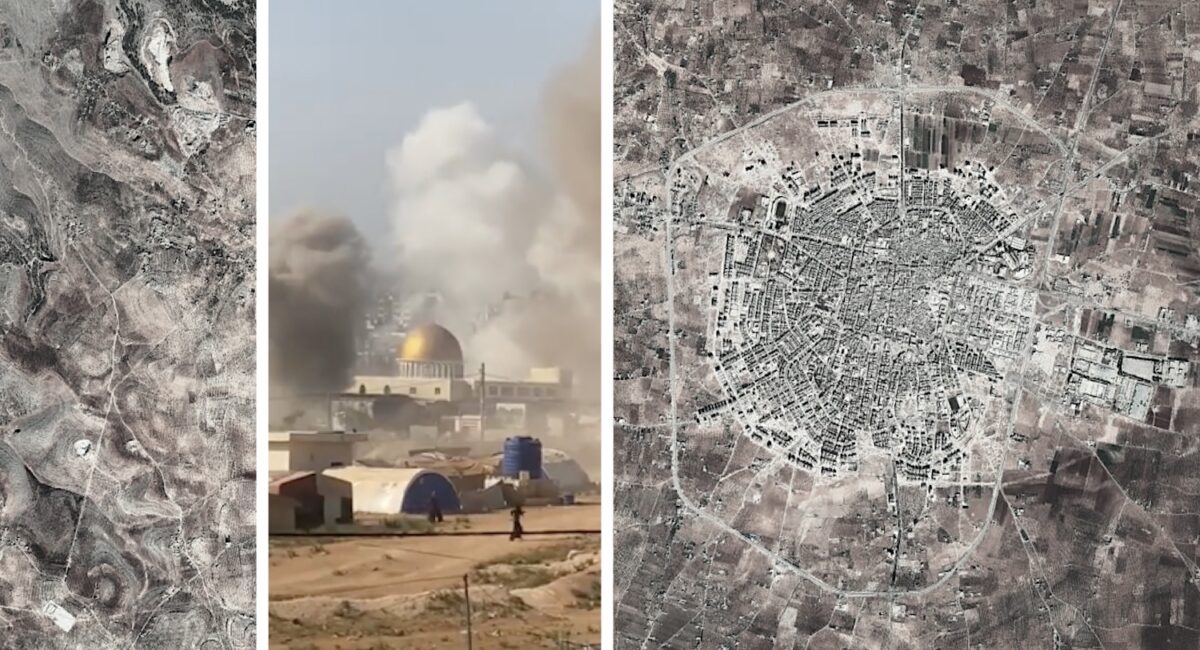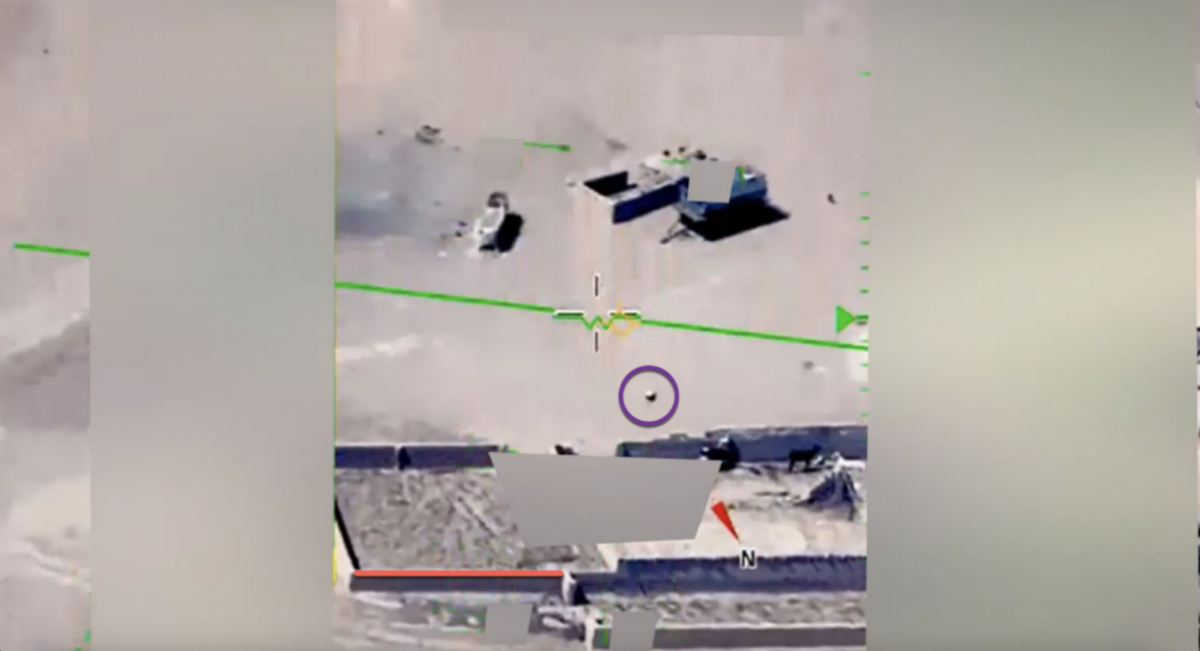White Phosphorous Use in Northern Syria - Should The OPCW Investigate?
At Bellingcat, we believe in holding the powerful to account for their actions. We recognise that in order to do that, analysis of contentious issues such as conflicts must be conducted in an accurate manner. We also know that in order to ensure accountability, we need to understand who investigates what kind of incidents.
In an editorial published on Monday, The Times of London implied that the OPCW chose not to investigate the use of White Phosphorus (WP) due to political expediency: “The suspicion is that the OPCW’s reluctance to investigate reflects western hesitancy to embarrass a Nato member at a time when relations with Turkey are strained.”
This editorial also referred to White Phosphorus as a “banned chemical weapon”. Other Times articles have also referred to these attacks as “chemical attacks.”
The contents of these articles, the headlines, and the decision to criticise the OPCW show that there appears to be a misunderstanding not only the role of the OPCW, but also the nature of White Phosphorus as well as the Chemical Weapons Convention itself.
This confusion will not only result in spurious attacks against the OPCW, but will also likely take energy away from identifying and holding to account those who have used WP in a manner that may have breached International Humanitarian Law (IHL).
White Phosphorus And Its Uses
The Times editorial refers to White Phosphorus in its sub-heading as a “banned chemical weapon”. However, White Phosphorus is neither banned, nor does it appear to have been used as a chemical weapon.
White Phosphorus burns when exposed to air, producing a large amount of smoke. As such, it is frequently used by militaries around the world for its smoke producing properties to obscure or mark targets. However, it also burns at extremely high temperatures, and as such it is also sometimes used for its incendiary effect, often resulting in the horrific burns seen on children in the The Times reports on events in Northern Syria.
As a result of this incendiary effect, the use of White Phosphorus is heavily restricted, not banned as The Times states. It should also be noted that the use of White Phosphorus as an incendiary in this manner may potentially be a breach of International Humanitarian Law and Protocol III to the Convention on Certain Conventional Weapons.
Is WP A Chemical Weapon?
The definition of a chemical weapon, as described by the Chemical Weapons Convention (CWC), is this:
- Toxic chemicals and their precursors, except where intended for purposes not prohibited under this Convention, as long as the types and quantities are consistent with such purposes;
- Munitions and devices, specifically designed to cause death or other harm through the toxic properties of those toxic chemicals specified in subparagraph (a), which would be released as a result of the employment of such munitions and devices;
- Any equipment specifically designed for use directly in connection with the employment of munitions and devices specified in subparagraph (b).
Unless WP was used specifically for its toxic effects, say by deliberately burning WP in a tunnel in the hope of suffocating its occupants, it does not fit any of these definitions. Nor is it a scheduled chemical under the CWC.
As such, WP used in the manner that The Times described is an incendiary weapon, and as such is regulated by the Protocol III to the Convention on Certain Conventional Weapons and not the CWC. The Times even refers to it as an incendiary weapon through much of its reporting, (as well as a “chemical weapon”).
As Dan Kaszeta, a chemical weapons expert and frequent Bellingcat contributor, explained:
“Use of WP as a weapon uses its thermal characteristics to cause harm, not poisoning or toxicity. The definition of chemical weapons was agreed in international law as substances using their toxic properties as their main principle of action. White phosphorus, while very nasty indeed, does not actually meet this definition. The OPCW is constrained by the CWC. If the world wants to redefine ‘chemical weapons’ to include other things, they need to amend the CWC.”
The Remit Of The OPCW
Kaszeta’s last point is of critical importance. The OPCW mission is to “implement the provisions of the Chemical Weapons Convention to achieve our vision of a world free of chemical weapons and the threat of their use, and in which chemistry is used for peace, progress, and prosperity”.
As we have established, the use of WP in the manner described by The Times is covered by the Convention on Certain Conventional Weapons, not the CWC, and as such is indeed clearly outside their remit. Therefore, the implication by The Times that the OPCW declined to take samples because of “hesitancy to embarrass a Nato member at a time when relations with Turkey are strained” is flawed: the OPCW declined to investigate this incident because it clearly falls outside their remit.
Although we did not receive a reply to our request for comment from the OPCW, their position has already been made clear in previous investigations, such as the use of WP in Mosul by the U.S. in 2004. When asked if WP was covered under the CWC, the OPCW spokesperson, Peter Kaiser, stated:
“No, it’s not forbidden by the CWC if it is used within the context of a military application which does not require or does not intend to use the toxic properties of white phosphorus. White phosphorus is normally used to produce smoke, to camouflage movement.
“If that is the purpose for which the white phosphorus is used, then that is considered under the Convention legitimate use.
“If on the other hand the toxic properties of white phosphorus, the caustic properties, are specifically intended to be used as a weapon, that of course is prohibited, because the way the Convention is structured or the way it is in fact applied, any chemicals used against humans or animals that cause harm or death through the toxic properties of the chemical are considered chemical weapons.”
Bellingcat also contacted Hamish de Bretton-Gordon, the chemical weapons expert quoted multiple times by The Times in these articles. He also agreed that that the use of WP in this way would not be included under the remit of the OPCW.
Why Is This An Important Issue?
The investigation of breaches of IHL is incredibly important. The alleged use of WP in this case may indeed amount to a breach, and as such it should be thoroughly investigated, as should all of the huge number of IHL breaches that have occurred during the Syrian War. This investigation should be carried out by the correct authorities, in this case likely the Independent International Commission of Inquiry on the Syrian Arab Republic.
Attempts to pressure the OPCW to investigate an incident that is outside their remit is not only wrong, it is also counter-productive. Rather than pressing for an investigation, time and energy will now be spent attacking the OPCW on spurious grounds for doing exactly what they are supposed to, while the actual culprits of what appears to be an incendiary attack will likely escape further attention.
Although we understand and sympathise with The Times and its efforts to investigate this event, this editorial and their reporting on this matter will likely do more harm than good. At a time when the OPCW is being attacked and smeared by state parties, this kind of reporting is not only factually incorrect, it potentially has deeper and more lasting consequences than intended or foreseen.


